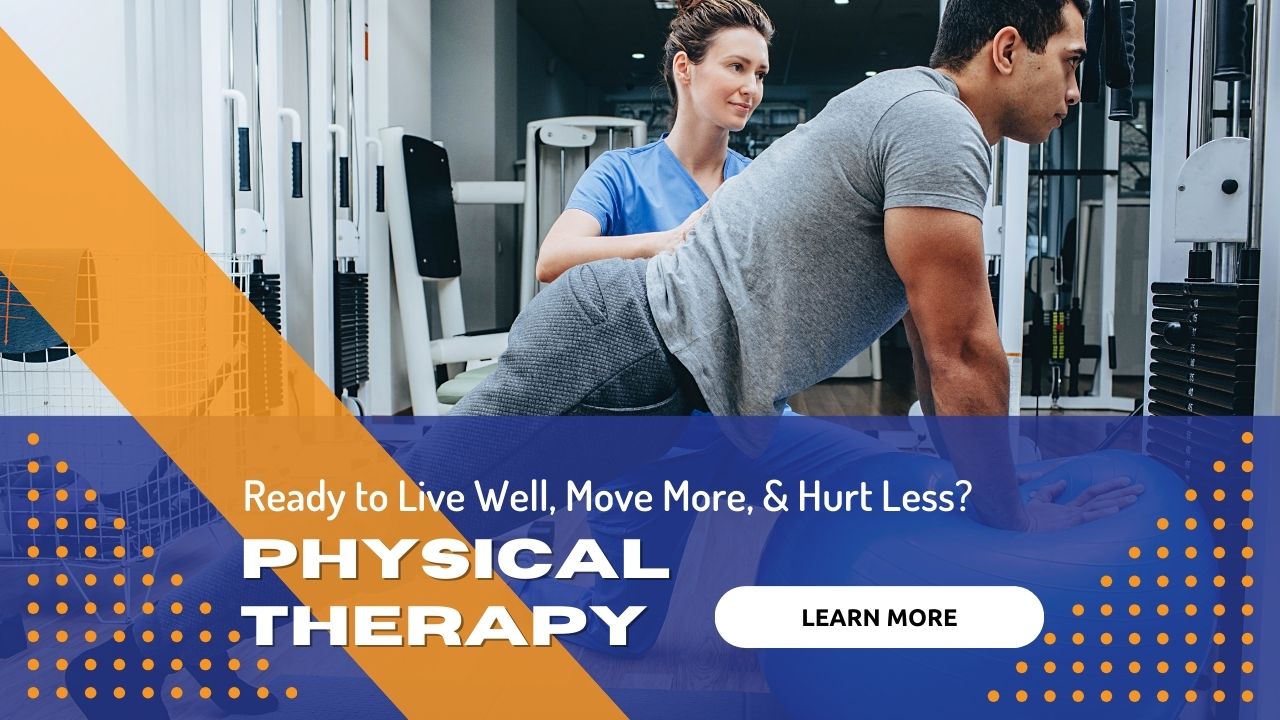

Understanding Vertigo
What is Vertigo?
Vertigo is a false sensation of movement, often spinning. This can be perceived as a movement of self or movement of the environment. Commonly, the term vertigo is used interchangeably with dizziness. However, dizziness is a sensation of lightheadedness, faintness, or unsteadiness. Although dizziness, vertigo, and falls may be more common as we age, these are not “Just part of getting older.”
Our bodies use 3 systems to control our balance: vision, proprioception (sensation), and the vestibular system (inner ear). The brain processes information from these 3 systems in order to instruct the body to make timely and necessary adjustments to the environment. Vision provides the brain with information about where your head and body are in relation to the world around you. Proprioception from our joints gives the brain information on where our feet and legs are positioned and how your head and neck are oriented. The balance organ of the inner ear makes up the vestibular system, which provides information about movements and position of your head, including speed and direction. This system allows your head to move while your eyes stay focused on a target. The brain processes all this information then sends signals to your muscles to move in a manner that will keep your balance and/or focus your eyes to see clearly while you are in motion. Misinformation from either of these 3 systems will result in the perception of vertigo or dizziness, which can lead to imbalance and/or falls.
Understanding the Causes of Vertigo
How Can Physical Therapy Help?
Physical therapists are able to treat patients with balance and vestibular problems. Some PTs have specialized training in vestibular rehabilitation. A vestibular physical therapist has specialized training to assess and treat conditions affecting the inner ear. Examination by a vestibular PT will include testing to determine how the inner ear and brain are processing eye movement, body position, and motion in order to identify the cause of dizziness and/or unsteadiness. An individualized treatment plan will be developed based on symptoms and findings during the exam to correct balance, resolve dizziness/vertigo, and meet the patient’s goals.
It is important to recognize that fear of falling and decreased movement/activity increase the risk of a fall. However, many dizziness and balance disorders can be successfully treated by physical therapy. Working with a PT can help a patient overcome dizziness, resolve weakness, improve balance, and increase confidence in order to return to safe and normal mobility in their environment.
Treating Vertigo with Physical Therapy
Please Share
categories
Recent Posts
categories

Understanding Vertigo
What is Vertigo?
Vertigo is a false sensation of movement, often spinning. This can be perceived as a movement of self or movement of the environment. Commonly, the term vertigo is used interchangeably with dizziness. However, dizziness is a sensation of lightheadedness, faintness, or unsteadiness. Although dizziness, vertigo, and falls may be more common as we age, these are not “Just part of getting older.”
Our bodies use 3 systems to control our balance: vision, proprioception (sensation), and the vestibular system (inner ear). The brain processes information from these 3 systems in order to instruct the body to make timely and necessary adjustments to the environment. Vision provides the brain with information about where your head and body are in relation to the world around you. Proprioception from our joints gives the brain information on where our feet and legs are positioned and how your head and neck are oriented. The balance organ of the inner ear makes up the vestibular system, which provides information about movements and position of your head, including speed and direction. This system allows your head to move while your eyes stay focused on a target. The brain processes all this information then sends signals to your muscles to move in a manner that will keep your balance and/or focus your eyes to see clearly while you are in motion. Misinformation from either of these 3 systems will result in the perception of vertigo or dizziness, which can lead to imbalance and/or falls.
Understanding the Causes of Vertigo
How Can Physical Therapy Help?
Physical therapists are able to treat patients with balance and vestibular problems. Some PTs have specialized training in vestibular rehabilitation. A vestibular physical therapist has specialized training to assess and treat conditions affecting the inner ear. Examination by a vestibular PT will include testing to determine how the inner ear and brain are processing eye movement, body position, and motion in order to identify the cause of dizziness and/or unsteadiness. An individualized treatment plan will be developed based on symptoms and findings during the exam to correct balance, resolve dizziness/vertigo, and meet the patient’s goals.
It is important to recognize that fear of falling and decreased movement/activity increase the risk of a fall. However, many dizziness and balance disorders can be successfully treated by physical therapy. Working with a PT can help a patient overcome dizziness, resolve weakness, improve balance, and increase confidence in order to return to safe and normal mobility in their environment.
Treating Vertigo with Physical Therapy
Please Share









